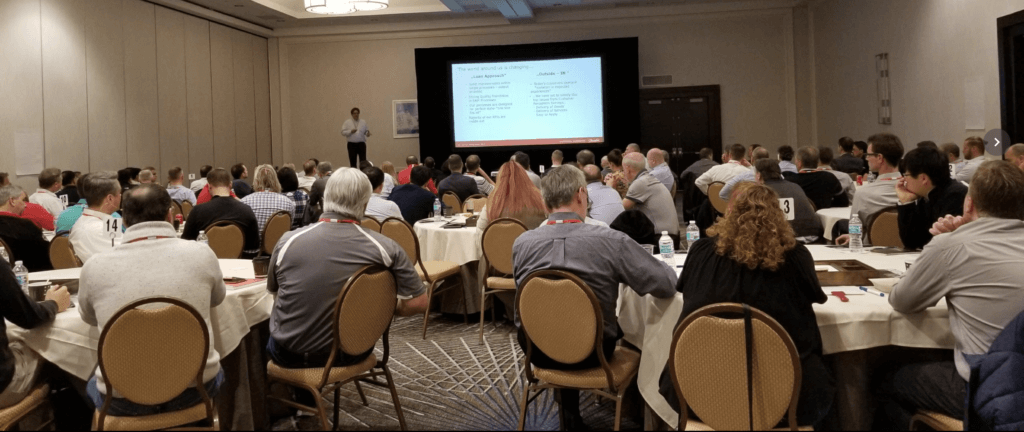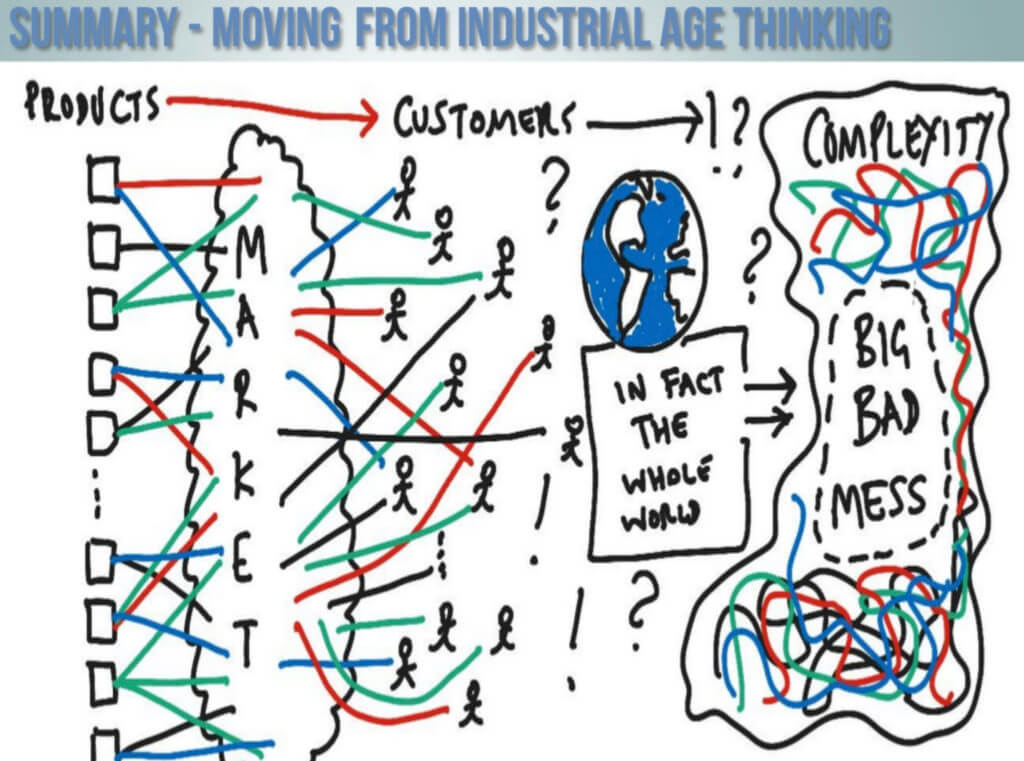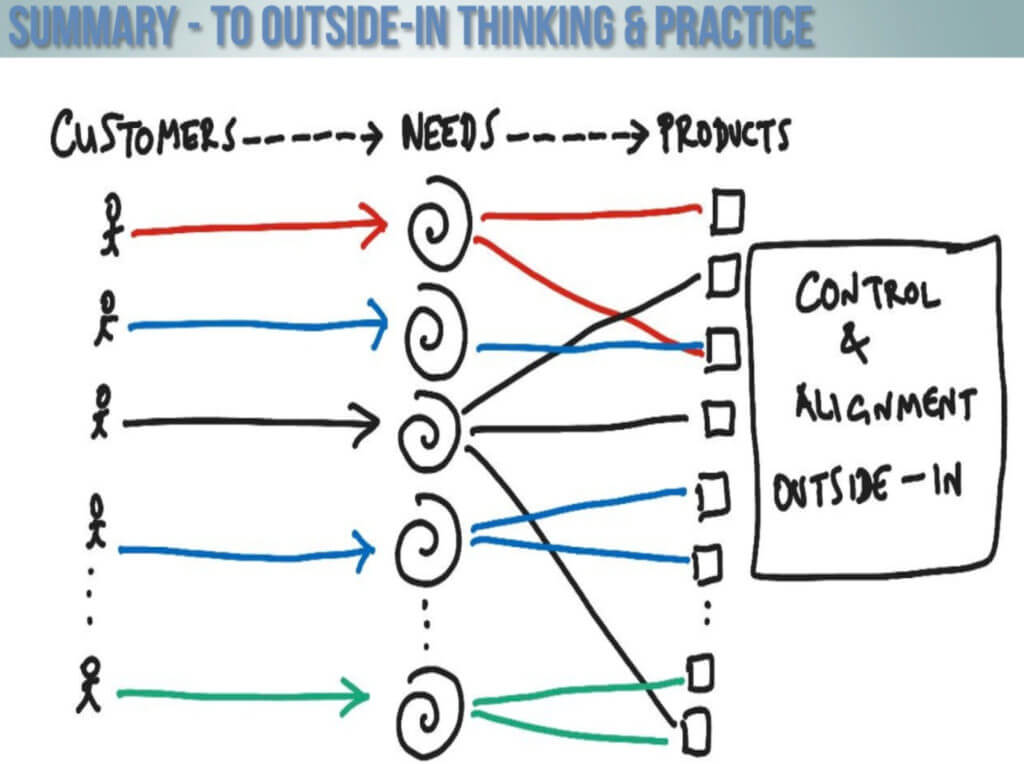Here are seven classic examples from a recent blog of someone selling Call Centre Services. No, I really am to polite to call them out. I thought I had travelled back in time 50 years, but I am appalled there are people still doing this?!
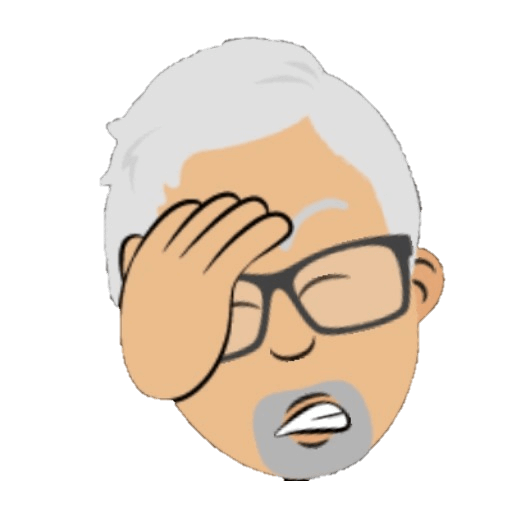
Why are these so Wrong?
Answers on a post card but Part Two Next week will provide more insight.
And then in Part Three we will explore the alternatives…
Call Centre Measures that cripple Your Customer Experiences
(the seven deadly sins)
Service Level – “The service level is the percentage of calls responded in a particular time limit. It assesses the skills of agents to deliver the service as per the Service Level Agreement (SLA) given to the clients.”…. It is a significant way to judge the performance of a call center.
Average Call Handle Time – “This KPI measures time an agent needs on a call.”
Average Queue Time – “To assure that the wait time of callers rests in the fair scope and the patience of customers should not be tested”
Call Abandonment – “It is a usual experience in the call center that clients disconnect the calls before even connecting to an agent.”
First Call Resolution – “The client is frequently in a rush. Thus, he requires that the concern of the caller must be fixed in the first call”
Occupancy Rate – “It is completely about the ability to complete the work within minimum time.”
Agent Turnover Rate – “It measures the rate of agents who switch the job. It not only causes customer service conflicts and delays as well as it also creates many issues.”
A person once said this to me… “If you pay people for doing dumb stuff they will get really smart at it”
A Very Wise Women
In Part Two we will review why Call Centre thinking is so BAD and should be BANNED.
We coach Certified and Accredited Professional Qualifications
110 K people qualified since 2006 in 124 countries
60+ Global Coaches and Mentors – All have been there and done it!
The Certified Process Professional Master (CPPM)
4 days, 5 hours per day ONLINE & LIVE – August 10-13
https://experienceprofessional.com/launch-page-cppm
The Accredited Customer Experience Master (ACXM)
4 days, 5 hours per day ONLINE & LIVE – August 18-21
https://experienceprofessional.com/acxmasterinvitation






 So be pragmatic. Look for the bridges from here to there and you can have the best of both worlds.
So be pragmatic. Look for the bridges from here to there and you can have the best of both worlds.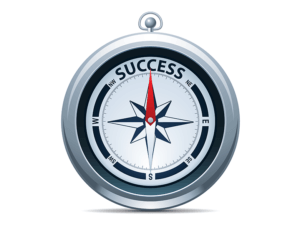
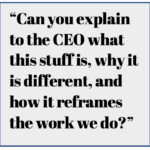 different, and how it reframes the work we do?”. I guess I was about to fudge and say this needs more than 30 seconds, and then remembered my two-slide explanation!
different, and how it reframes the work we do?”. I guess I was about to fudge and say this needs more than 30 seconds, and then remembered my two-slide explanation!